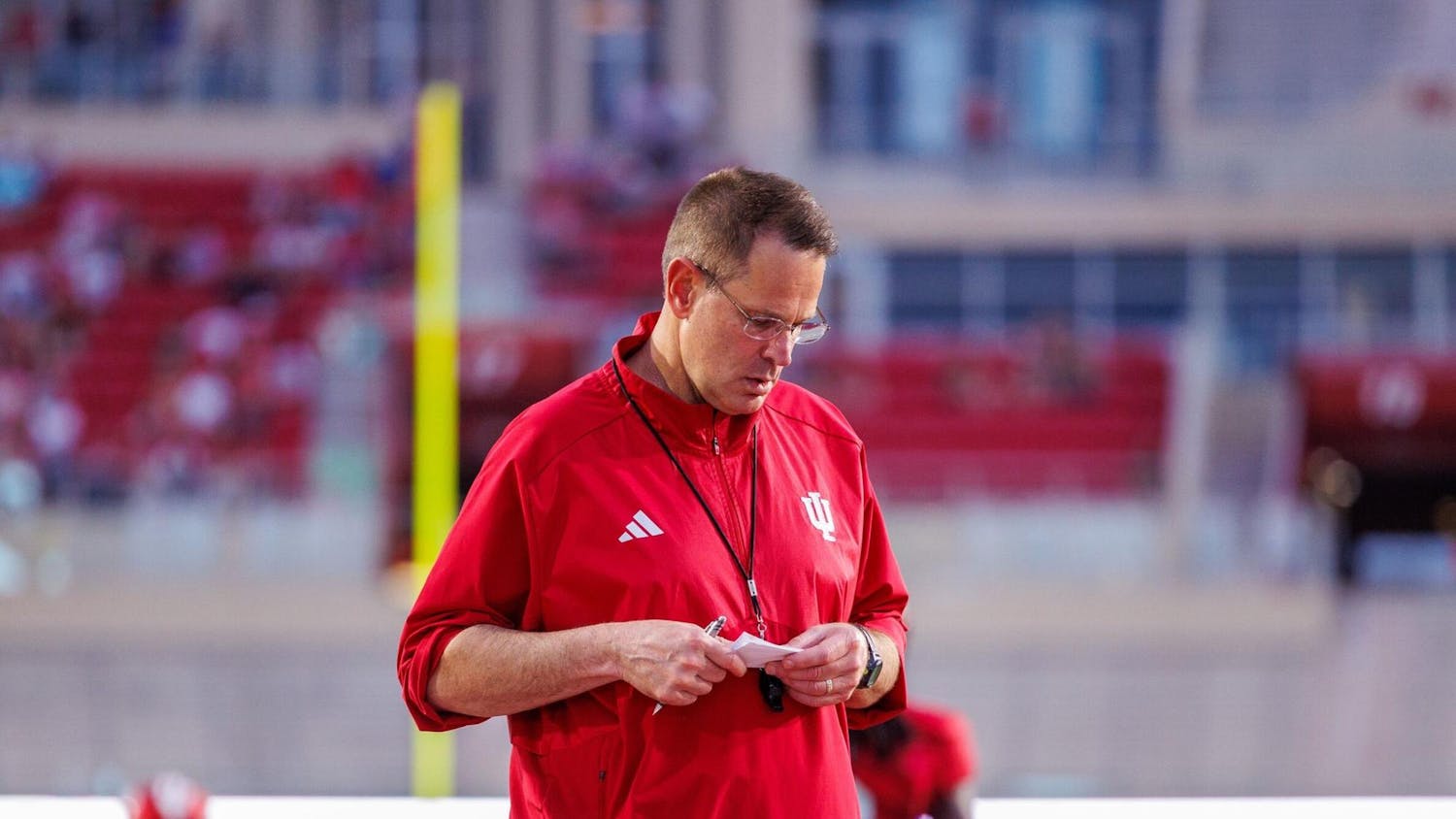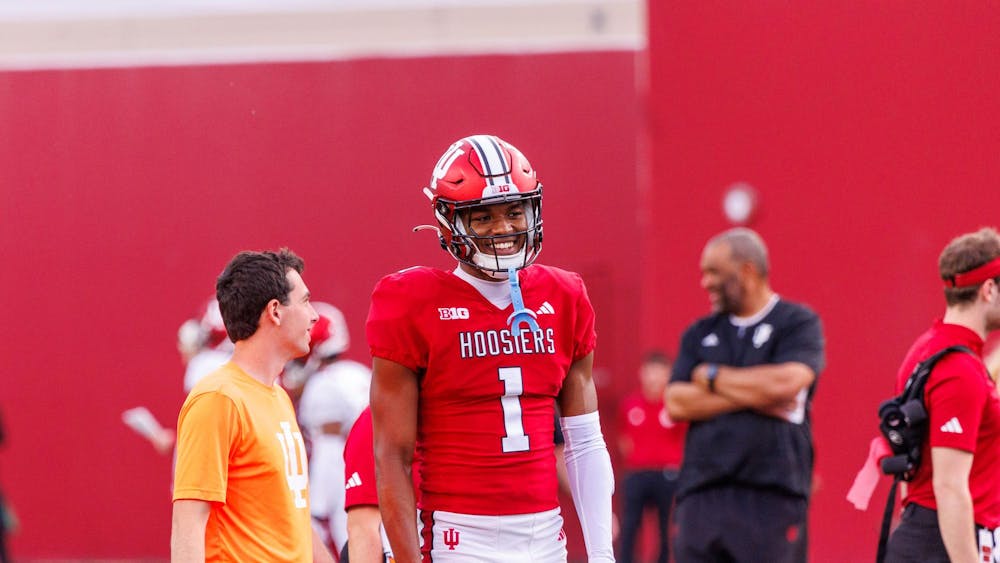Funding cuts from federal and local governments have left rural Indiana schools with room for improvement.
The Rural Schools and Community Trust, a national nonprofit organization dedicated to schools in rural areas, released its annual “Why Rural Matters” report May 19.
The report is the seventh in a biennial series analyzing the conditions in rural school districts in the United States.
“Our point overall in the study is that after more than a decade of reporting on these issues, very little has changed,” said Robert Mahaffey, director of marketing and communications for RSCT.
Mahaffey said many of the states that need to make the most improvements to their rural schools have been at the top of the RSCT’s list for years.
Mississippi is at the top this year, and it was also on top in 2003, 2005, 2007 and 2012.
“That’s alarming,” Mahaffey said.
The group gave Indiana rural schools a priority ranking of 19, which means Indiana rural schools are more in need of improvements than districts in 31 other states.
“We have been asked year after year to do more and produce more with less money,” said Scott Turney, executive director of the Indiana Small and Rural Schools Association.
Turney said since high levels of poverty aren’t as frequent in rural school districts as they are in urban and suburban settings, his school districts have to work a little harder to find funding and grants that will work for them.
Almost 10 million students attend schools in rural districts nationally, which is about 20 percent of the total public school enrollment in the U.S.
Turney estimates the average enrollment of Indiana rural school districts to be about 1,300 students.
The RSCT report said the state of Indiana spends $5,111 to educate one student.
Compared to almost $8,000 being spent per student in other states, it’s one of the lowest rates in the country.
Turney said that while rural school districts continue to struggle, every school district in Indiana has funding issues. He points to the $300-million cut in education funding that then-Gov. Mitch Daniels announced in 2009.
“As you trickle away money, you affect personnel and those kinds of things,” Turney said.
School districts struggle to attract the best and brightest teachers because they can’t afford to pay teachers at a competitive rate.
The reports released by the RSCT aim to capture the attention of policymakers in Washington, D.C., where the organization is headquartered.
Mahaffey said he hopes legislators from those states that need to make improvements will finally pay attention with this report.
“Our endgame is that states that need to pay more attention will spur on to do that,” he said.
Turney said the RSCT has worked very hard to raise awareness for the issues rural schools face.
But while he said he thinks the government in Washington has noticed there is a problem, nothing has been done yet to solve it.
Turney said his schools will need to continue to find new ways of dealing with cuts.
“We’ve reached a point now where cuts are having a negative impact on what we are able to do for students,” Turney said. “You can only trim so many things.”
Rural schools hurt by cuts
Get stories like this in your inbox
Subscribe





